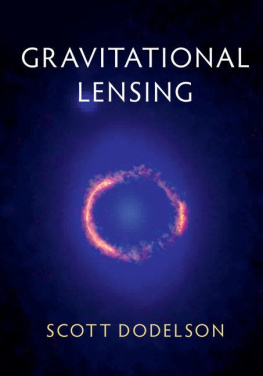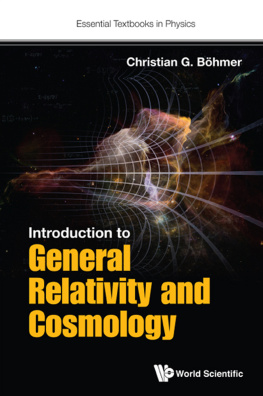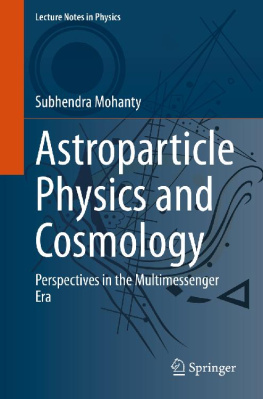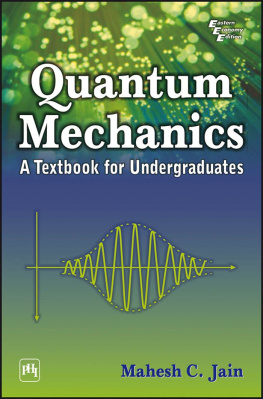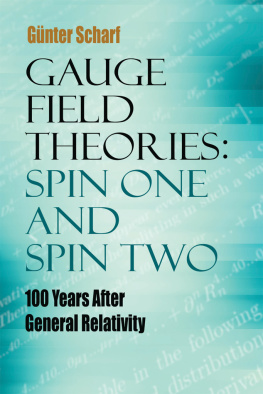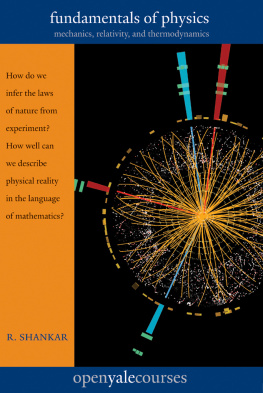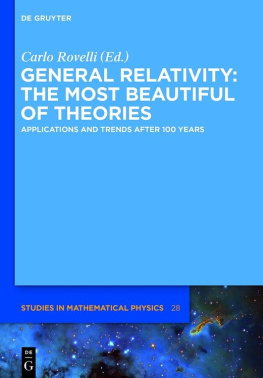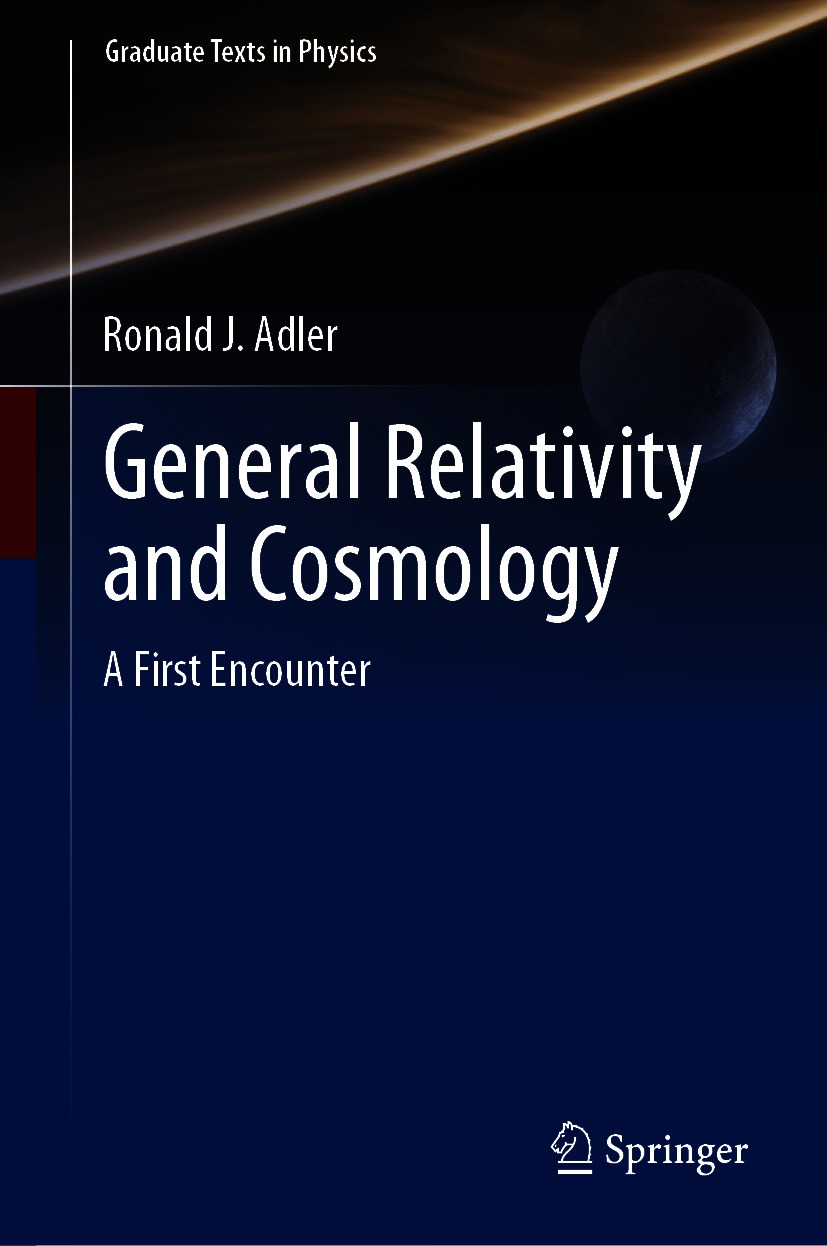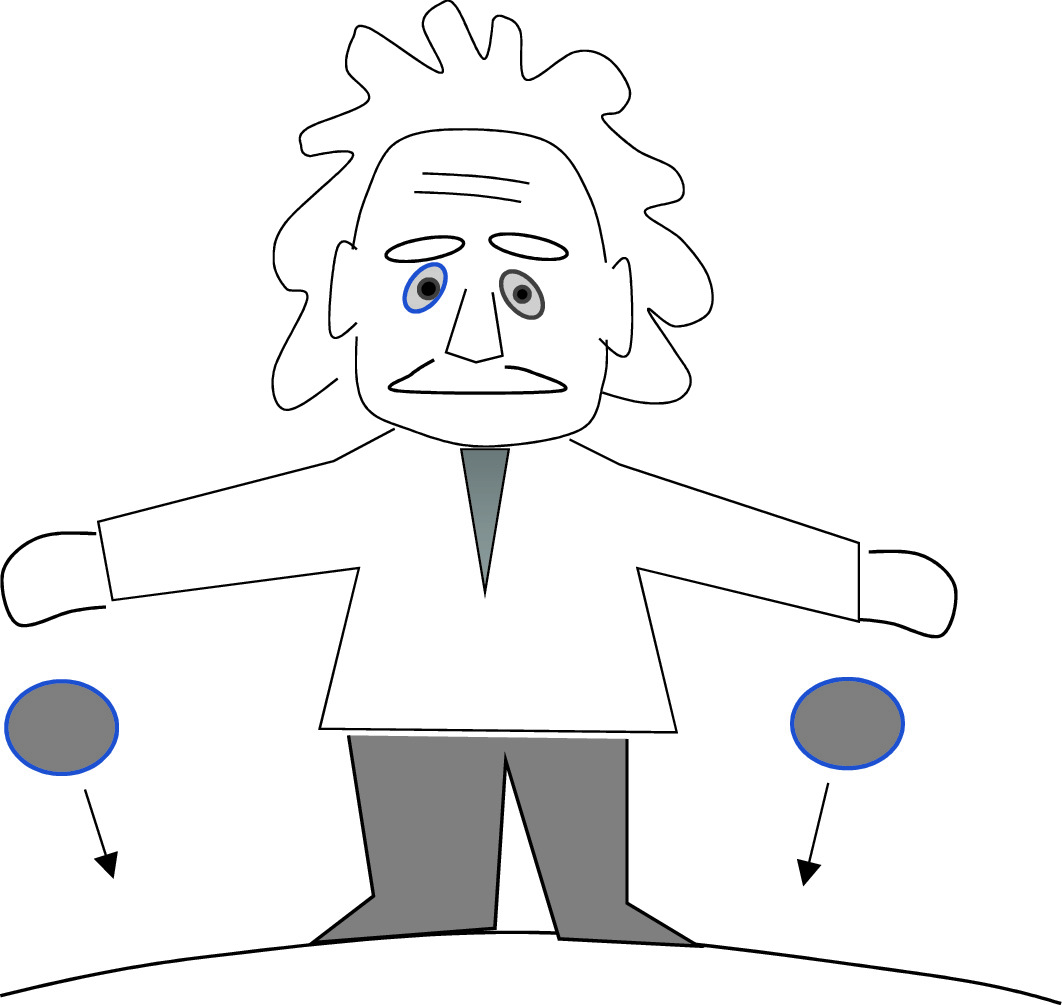Graduate Texts in Physics
Series Editors
Kurt H. Becker
NYU Polytechnic School of Engineering, Brooklyn, NY, USA
Jean-Marc Di Meglio
Matire et Systmes Complexes, Btiment Condorcet, Universit Paris Diderot, Paris, France
Morten Hjorth-Jensen
Department of Physics, Blindern, University of Oslo, Oslo, Norway
Bill Munro
NTT Basic Research Laboratories, Atsugi, Japan
William T. Rhodes
Department of Computer and Electrical Engineering and Computer Science, Florida Atlantic University, Boca Raton, FL, USA
Susan Scott
Australian National University, Acton, Australia
H. Eugene Stanley
Center for Polymer Studies, Physics Department, Boston University, Boston, MA, USA
Martin Stutzmann
Walter Schottky Institute, Technical University of Munich, Garching, Germany
Andreas Wipf
Institute of Theoretical Physics, Friedrich-Schiller-University Jena, Jena, Germany
Graduate Texts in Physics publishes core learning/teaching material for graduate- and advanced-level undergraduate courses on topics of current and emerging fields within physics, both pure and applied. These textbooks serve students at the MS- or PhD-level and their instructors as comprehensive sources of principles, definitions, derivations, experiments and applications (as relevant) for their mastery and teaching, respectively. International in scope and relevance, the textbooks correspond to course syllabi sufficiently to serve as required reading. Their didactic style, comprehensiveness and coverage of fundamental material also make them suitable as introductions or references for scientists entering, or requiring timely knowledge of, a research field. publishes core learning/teaching material for graduate- and advanced-level undergraduate courses on topics of current and emerging fields within physics, both pure and applied. These textbooks serve students at the MS- or PhD-level and their instructors as comprehensive sources of principles, definitions, derivations, experiments and applications (as relevant) for their mastery and teaching, respectively. International in scope and relevance, the textbooks correspond to course syllabi sufficiently to serve as required reading. Their didactic style, comprehensiveness and coverage of fundamental material also make them suitable as introductions or references for scientists entering, or requiring timely knowledge of, a research field.
More information about this series at http://www.springer.com/series/8431
Ronald J. Adler
Department of Physics and Astronomy, San Francisco State University, San Francisco, CA, USA
Gravity Probe B Mission, Hansen Experimental Physics Laboratory, Stanford University, Stanford, CA, USA
ISSN 1868-4513 e-ISSN 1868-4521
Graduate Texts in Physics
ISBN 978-3-030-61573-4 e-ISBN 978-3-030-61574-1
https://doi.org/10.1007/978-3-030-61574-1
The Editor(s) (if applicable) and The Author(s), under exclusive license to Springer Nature Switzerland AG 2021
This work is subject to copyright. All rights are solely and exclusively licensed by the Publisher, whether the whole or part of the material is concerned, specifically the rights of translation, reprinting, reuse of illustrations, recitation, broadcasting, reproduction on microfilms or in any other physical way, and transmission or information storage and retrieval, electronic adaptation, computer software, or by similar or dissimilar methodology now known or hereafter developed.
The use of general descriptive names, registered names, trademarks, service marks, etc. in this publication does not imply, even in the absence of a specific statement, that such names are exempt from the relevant protective laws and regulations and therefore free for general use.
The publisher, the authors and the editors are safe to assume that the advice and information in this book are believed to be true and accurate at the date of publication. Neither the publisher nor the authors or the editors give a warranty, expressed or implied, with respect to the material contained herein or for any errors or omissions that may have been made. The publisher remains neutral with regard to jurisdictional claims in published maps and institutional affiliations.
Cover image: Paulista/ stock.adobe.com
This Springer imprint is published by the registered company Springer Nature Switzerland AG
The registered company address is: Gewerbestrasse 11, 6330 Cham, Switzerland
Preface
Four truly profound questions have always permeated science and served as its basis: what is matter, what is the universe, what is life, and what is thought. The twentieth century has been extraordinary in that three of these have been at least partially answered. The answers in brief and broad outline are: matter is made of quarks and leptons and the quantum gauge fields that hold them together; the universe is an isotropic and homogeneous expanding curved spacetime that is dominated on the cosmological scale by gravity; life is a mechanism whereby the molecular polymer deoxyribonucleic acid (DNA) makes more DNA from its environment.
We have not been so successful concerning the nature of thought; indeed some people are of the opinion that almost no real progress has been made. One rather entertaining view is that thought is an illusion and we do not really think at all. That is to say we merely think that we think. Perhaps it is good that there remains such a field with so much to be explored in our future mental adventures.
While the nature of matter and life are part of the undergraduate curriculum in physics and biology, the nature of the universe is often left for a graduate course on general relativity, and cosmology is often treated only briefly at the end of the course. Some universities offer an undergraduate course on cosmology not based on general relativity, but of course this is no substitute for a more complete treatment. There is no good reason that general relativity and cosmology should not be studied by undergraduates as well as beginning graduate students. This book is thus directed primarily at beginning graduate students but also at advanced and confident undergraduate students. The mathematics needed is only a short step beyond vector and matrix analysis, the physical concepts are simpler than those of quantum mechanics, and the subjects have become very mainstream. Such topics as black holes, dark matter, the shape of the universe, the big bang, the primordial fireball, and the ultimate fate of the universe can be appreciated and understood by almost anyone with an undergraduate physics background. Some of the appendices should help undergraduates and others with gaps in their background.
General relativity theory began in the early twentieth century in the borderland between physics and mathematics. After the initial confrontation of the theory with the three classic tests (red shift, Mercury perihelion shift, deflection of starlight), there was little contact between theory and observation until the last half of the century. But then the discovery of the cosmic microwave background radiation made it clear that the theory had much to offer for describing the evolving universe. Since then the field of observational cosmology has blossomed, using many different approaches to measuring the properties of the universe on a large scale. Theoretical cosmology has naturally blossomed with it and the combination of observation and theory has resulted in the present standard model of cosmology, the lambda cold dark matter or LCDM model. It is fair to say that there is now no more active area in fundamental physics than cosmology.


